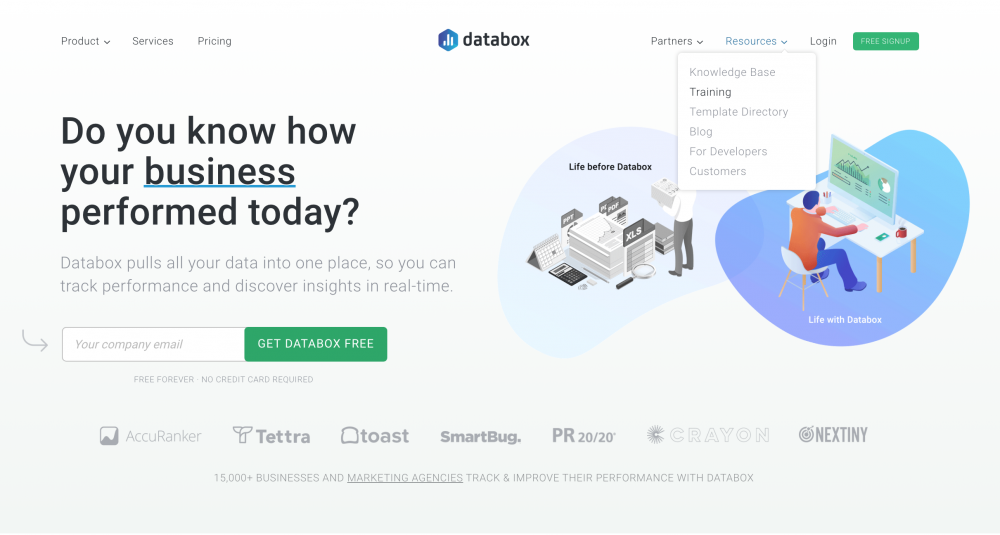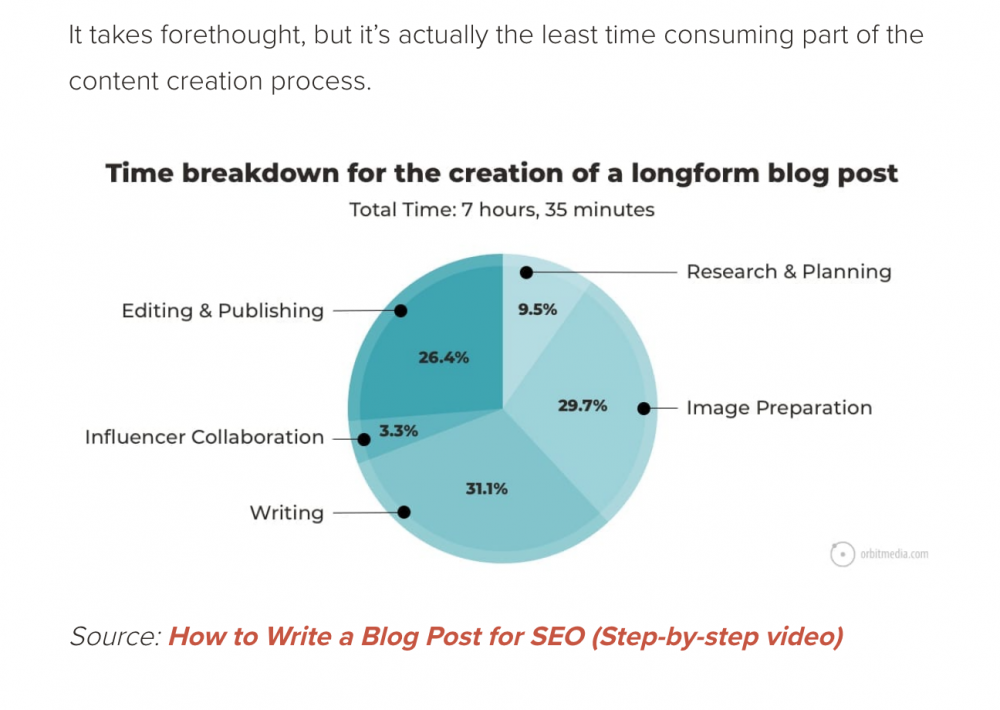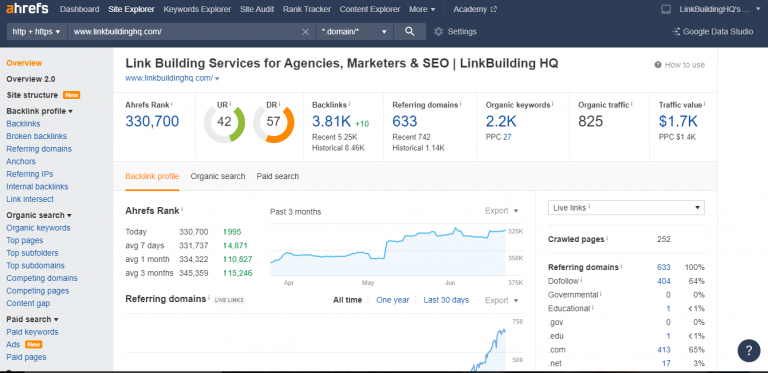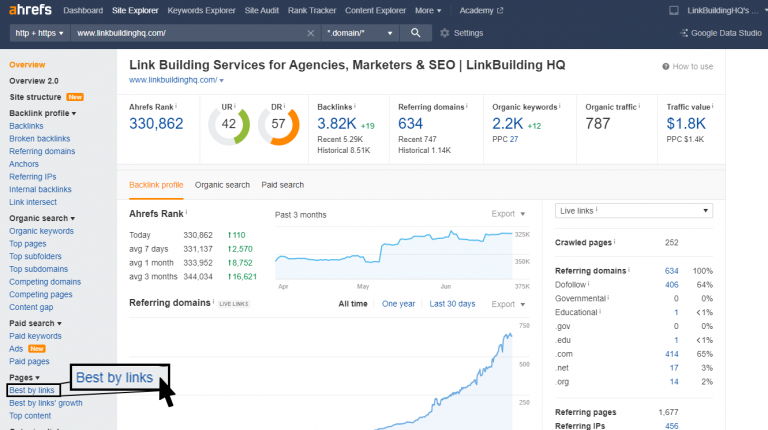Chapter 7: Internal Linking
In the search for gold, we usually lose sight of silver, which is usually much more attainable. This is exactly the case with backlinks and internal links. Internal links are usually underestimated and ignored because everybody in the SEO industry is busy running after backlinks.
So, here we are dedicating a complete chapter to ‘Internal Links’ that would remind everyone how important they are in the pursuit of a successful SEO strategy.
What are Internal Links:
Links that point from one webpage to another within the same website (domain) are known as Internal Links. Similar to backlinks, these links also prove essential when it comes to SERP ranking and an overall SEO strategy.
Why are they important?
1. Site Structure
If you have a solid web of internal links woven together, it will help Google understand the site structure and index the undiscovered pages.
Google describes this as:
“Some pages are known because Google has already crawled them before. Other pages are discovered when Google follows a link from a known page to a new page.”
2. Link Equity
Just like external links pass link juice from one domain to another, internal links pass link equity from one webpage to another within the same domain. This is also known as PageRank.
This PageRank would increase your page’s authority, credibility, relevance, and consequently, your website’s ranking on SERP results.
3. User Experience
Most SEO factors work around user journey and experience on your website or webpage. Internal links are essential for creating a smooth user experience on the website. These internal links create a powerful contextual relationship between web pages and assist users in navigating between the pages based on their needs.
4. Maximum ROI and Minimized Bounce Rate
By using relevant and most important keywords as anchor texts, you can direct your audience to the pages where they can find what they were looking for. This may help them view, evaluate, and even purchase from your business. Results? Maximized ROI and Minimized bounce rate.
Types of Internal Links:
Before diving into strategies for building an optimized network of internal links, we will look at the types of internal links.
There are 4 types of internal links:
1. Contextual Internal Links:
These links usually exist in the form of anchor text. They are contextually placed in the content of the webpage, diverting the audience to other web pages that are strongly correlated with the webpage that they are currently on. Contextual internal links are regarded as the most essential type of internal links.
Links that are placed at the ‘Navigation Bar’ of the website. Hence, known as Navigational Links. These links make it easier for your visitors to navigate between different web pages.
The links are found in the footer of the page, directing viewers to other web pages, and are known as footer links.
4. Image Links:
The links are embedded in your visuals or placed beneath the visuals, directing people to the exact source of information/visuals.
Characteristics of Internal Links:
- Do follow links.
- Pass the link juice from one page to another.
- Helps with the structure of the site.
- Allows Google to index undiscovered pages.
Strategies to Build an Efficient Internal Link Building Strategy:
For an effective SEO strategy, it is important to continuously improve the internal linking strategy of your website. By refining the internal links of a website, you will allow Google to :
- Understand the site structure.
- Index untapped pages.
- Evaluate the relationship between the pages.
Not only does an effective internal linking strategy help Google, but it also helps your visitors find the content relevant to what they are looking for.
So, without further ado, let’s look into how you can make a perfect link-building strategy even if you don’t have a clue.
Step 1: Audit Your Internal Linking Profile:
Auditing your internal link profile is essential to know where you stand right now and what steps you can take to enhance your internal linking profile and, consequently, your overall SEO strategy.
To conduct an audit, you can use various tools. We use Ahref’s site audit tool to do it.
While auditing a site, look for the following potential issues:
- Broken Internal Links: Refers to all the broken links on your site
- Links to unimportant pages: Displays all the pages where you have internal links. You can skim and evaluate which of those links are on unimportant pages and remove them later.
- Too many links: Pages that contain more than 3000 internal links are counted as surplus.
- Deep Linked Pages: Pages 3 to 4 clicks away from the homepage are known as deep linked pages. If you have a page that generates revenue and is 3 link hops away, then Google might deem it as an unimportant page.
- Orphan Pages: Pages with no internal links are known as orphan pages.
Step 2: Define your Site’s Pillar Pages (Hub Pages)
What is a Pillar Page?
The pillar page refers to pages to all pages that target broad keywords with high search volume and are used to make content clusters later.
In simpler words, broad categories, themes, or topics under which specific sub-themes or topics can be discussed are known as Pillar Pages,
This is what Siege Media has to say on Pillar/Hub Pages:
“a good sniff test here is — if you’re trying to get the page you’re working on to rank for a long-tail keyword, it’s not a hub page. If the page you’re working on explores a very narrow topic in great depth, it’s not a hub page. If the page you’re working on touches on many aspects of a broad topic, it’s probably a hub page.”
Here’s an example:
www.mensjournal.com ‘s Health and Fitness page is a Hub page targeting the broad keyword ‘health and fitness’, under which there are many clusters.
Step 3 Create Clusters with Internal Links:
Once you have identified the Pillar pages, you may now make clusters with the help of internal links.
All you have to do is:
- Identify all the pages that fall under the category of the pillar page.
- Evaluate the content of the pillar page and see what pages you can link on your pillar page.
- Get, set, and link.
- Ta-da!
For example:
Step 4: Identifying the Most Authoritative Pages
You probably have pages on your website with certain authorities that have gained backlinks from other domains. You can utilize those pages to create internal links and pass the PageRank and equity to other pages of your website.
You just simply have to go to Ahref’s site explorer and enter your website. Then, use the filter ‘best by links’ to get the list of pages with the most authority on your site.
Site explorer> domain name> best by links.
Now, our ‘Real Estate SEO’ blog is the third most authoritative blog among all others. We can now check for the internal linking opportunities in this blog. For example, our real estate blog has a section on Local SEO, and we do have a complete guide on it, so we found the opportunity, and VOILA!
Now that you have all you need to know about link building and content strategies, you can start to rank your website with a link audit in the next chapter.










